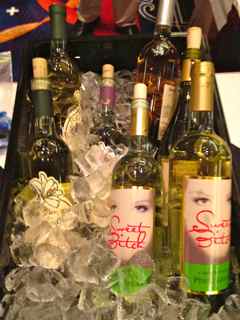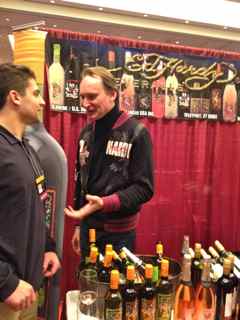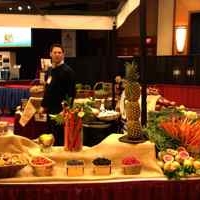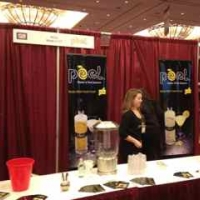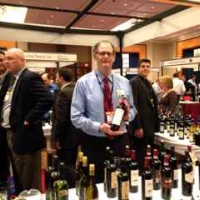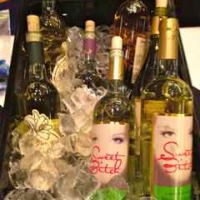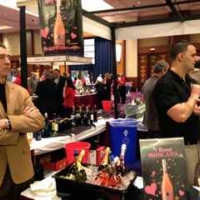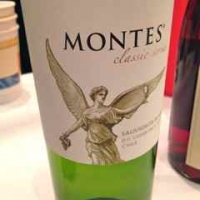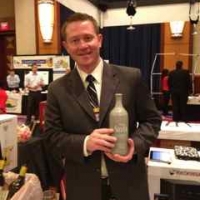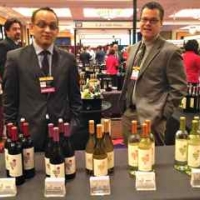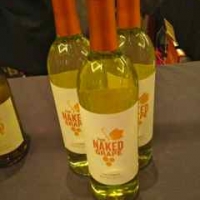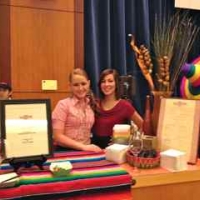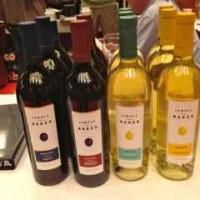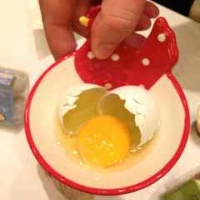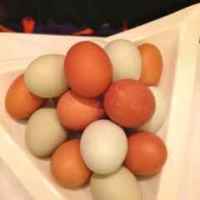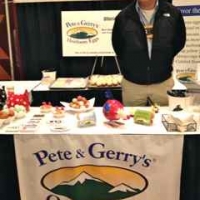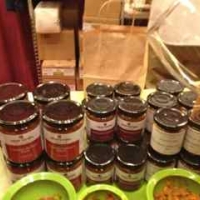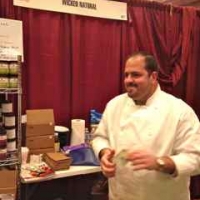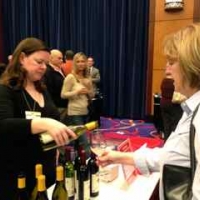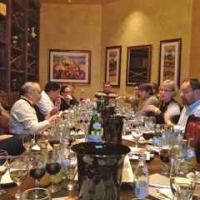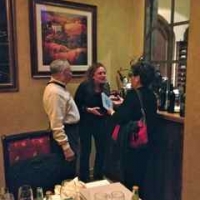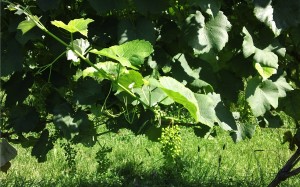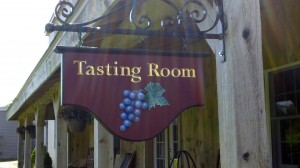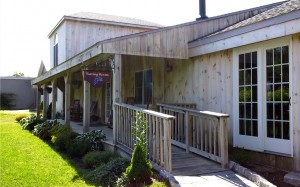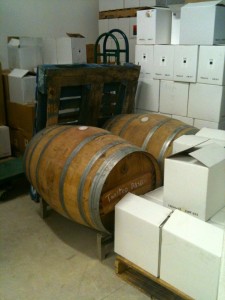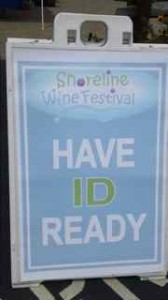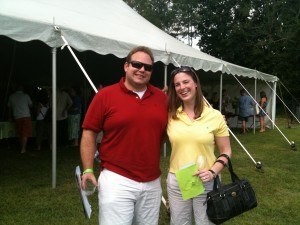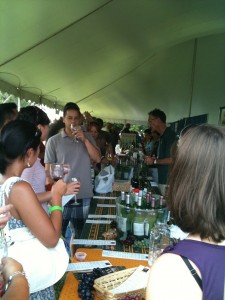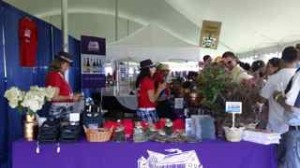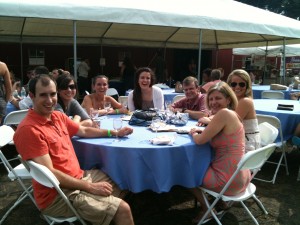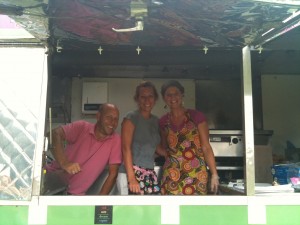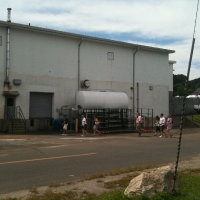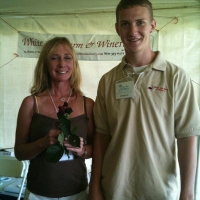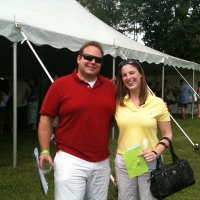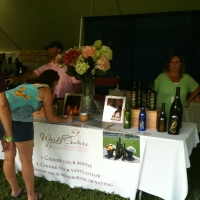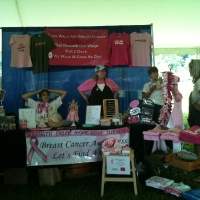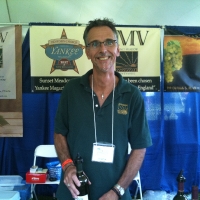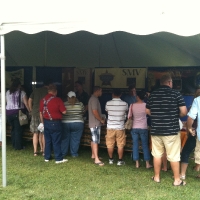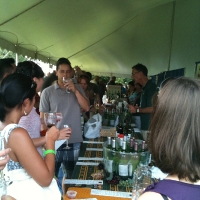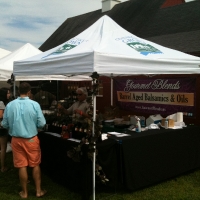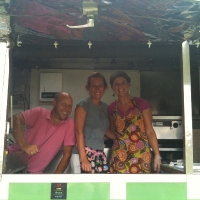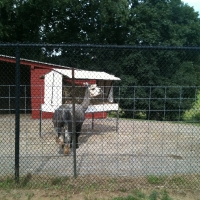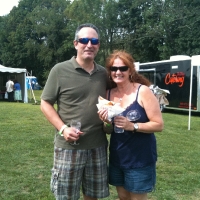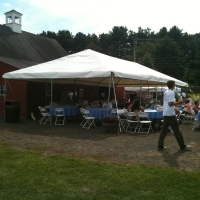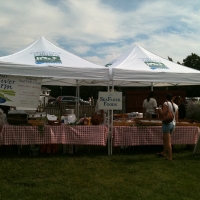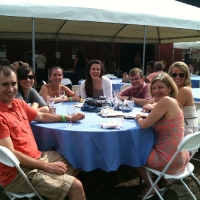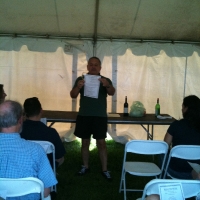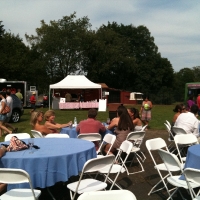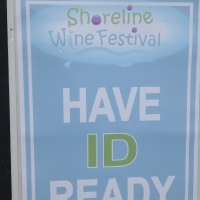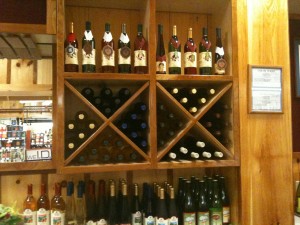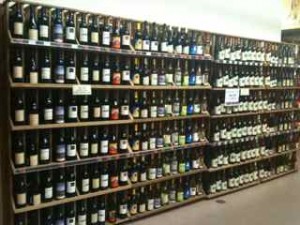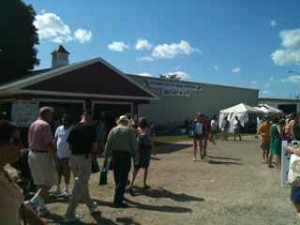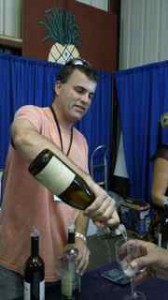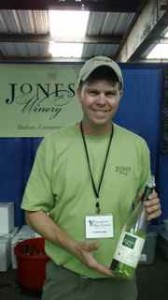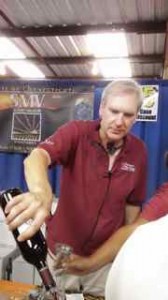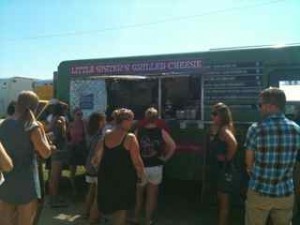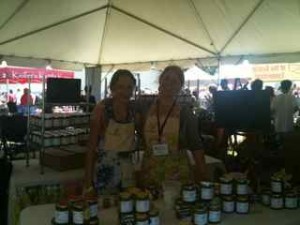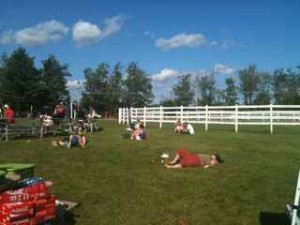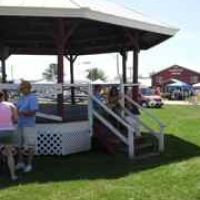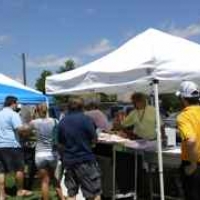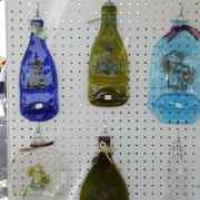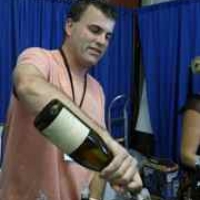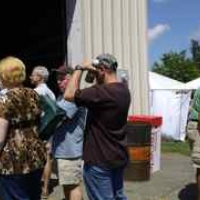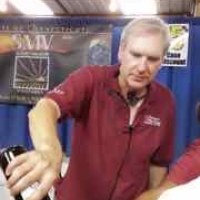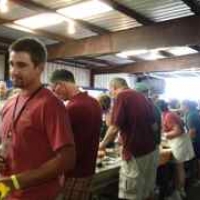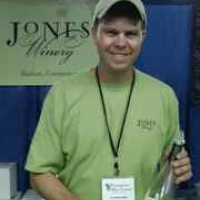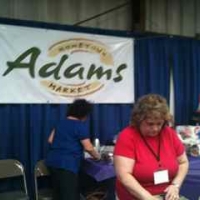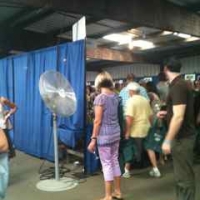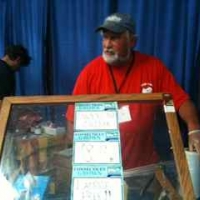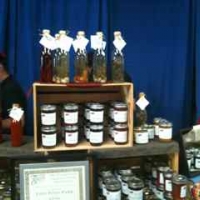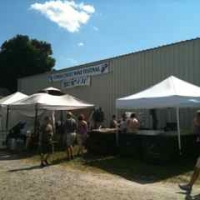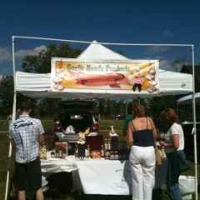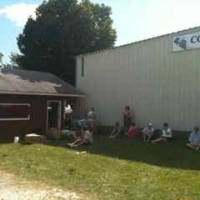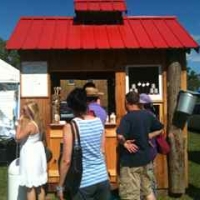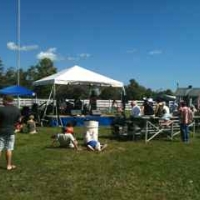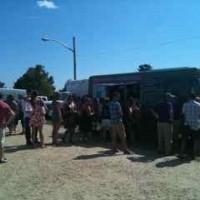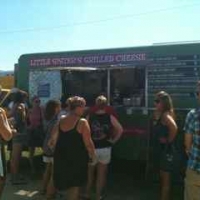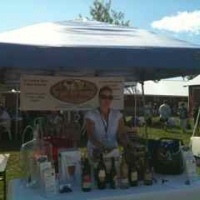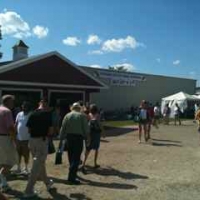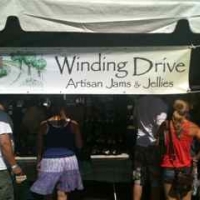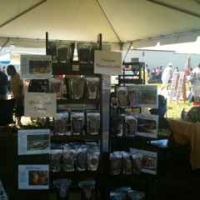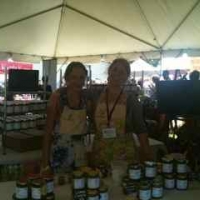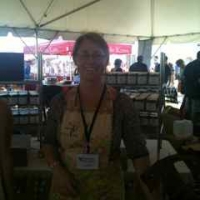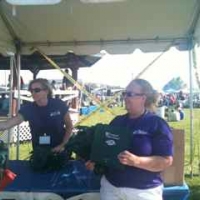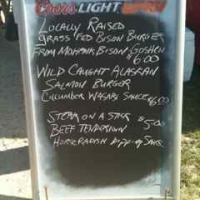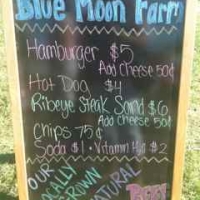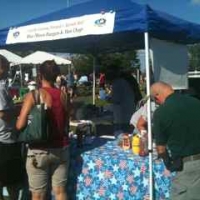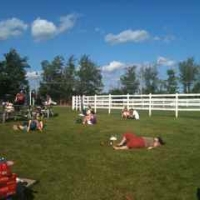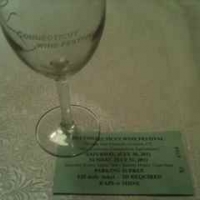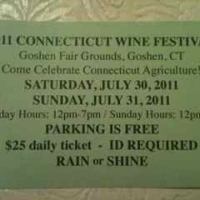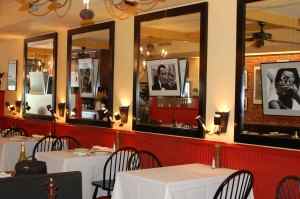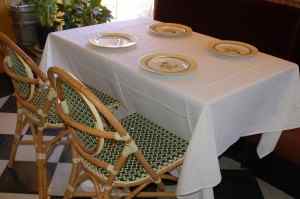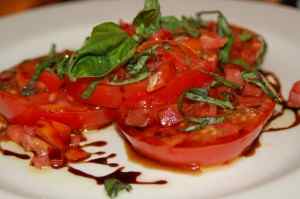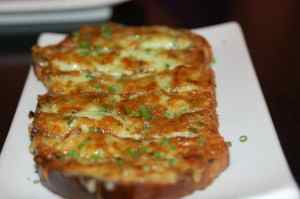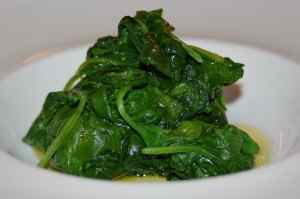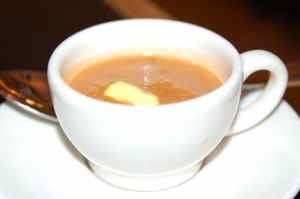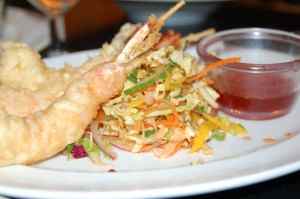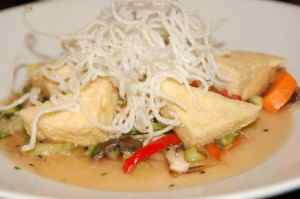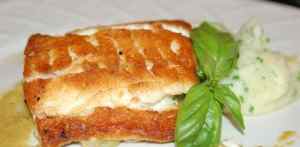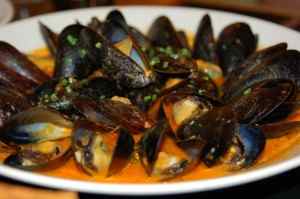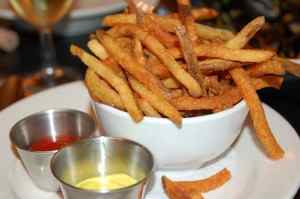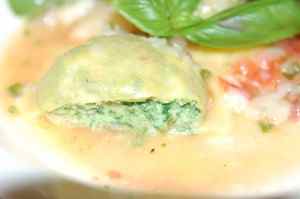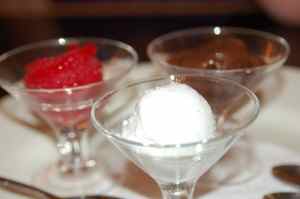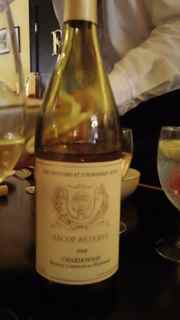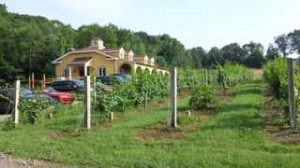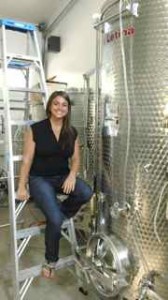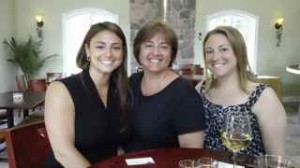The CT Specialty Food Association (CSFA) held it’s eleventh Product Awards Competition on Thursday, March 8, 2012, at the Aqua Turf in Plantsville. 203 specialty food items from Connecticut-based manufacturers were entered into 36 categories, with hopes of receiving the prestigious honor of CSFA Product Award Winner 2012.
A panel of 21 judges consisting of local media personalities, food writers, chefs from the CT Department of Agriculture’s Farm-to-Chef Program, and wine specialists scored products on overall taste/flavor, consistency/texture, appeal, and color. Each judge was assigned to specific categories, responsible for evaluating an average of approximately 35 different products.
Categories included breads, cheese, confections, CT Grown, gluten-free, organic, pasta sauces, salad dressings, savory condiments, snack foods, and many others.The wide array of food products featured fresh breads, cheeses, many varieties of sauce, jams, relishes, flavored seeds, oils and vinegars, syrups and much, much more.
“It is always amazing to see the diversity and high quality of the foods and beverages made by producers right here in Connecticut,” said Tricia Levesque, CSFA Director. “This competition showcases the best of the best in the state. Each year we seem to find additional entrepreneurs looking to showcase the outstanding products they produce. Not only are these products perfect for everyday meals and parties, they also make wonderful gifts. There is always something for every member of the family.”
“Purchasing products from Connecticut companies helps to fuel our local economy and create jobs here in our state, which is so important in today’s economy,” Ms. Levesque continued. “It really is a win-win for everyone – consumers get the best quality foods available and Connecticut companies stay strong.”
Consumers looking for CT specialty food products can visit www.ctspecialtyfood.org and ask for them at local markets and grocers.
Last year Connecticut wines were included in the competition for the first time. A variety of wines produced here in Connecticut were entered again this year. All wines were required to contain 100% CT grown fruit. New also this year were three of the four wine judges. Returning judge Renee Allen, Director of the Wine Institute of New England, helped CSFA put together an experienced team of wine tasters that included Brian Mitchell, Director of Wine & Beverages for Max Restaurant Group, Daniel Chong-Jimenez, Director of Culinary for ChefDesigned, LLC and Nicholas Paris, Public Relations Manager for E. & J. Gallo. Although the wine judges may not have seen eye to eye on every wine tasted, all of the judges agreed that Connecticut wines have shown remarkable positive growth over the last several years. Sunset Meadow Vineyards from Goshen, CT had a particularly strong showing, taking first place in four of the seven categories. The list of wine winners appears below. For a complete list of all winners from the competition, please visit www.fairfieldgreenfoodguide.com.
Photo Courtesy of Analiese Paik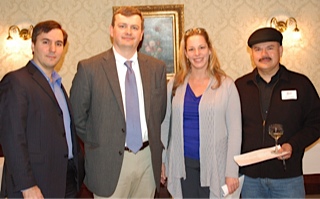
Wine – Blush
1st Place
Sunset Meadow Vineyards, Goshen, CT Sunset Blush 2010
Wine – Dessert
1st Place
Sunset Meadow Vineyards, Goshen, CT Midnight Ice
2nd Place
Sunset Meadow Vineyards, Goshen, CT Pyrrha’s Passion 2008
3rd Place
Gouveia Vineyards, Wallingford, CT Epiphany Reserve
Wine – Dry Red
1st Place
Sunset Meadow Vineyards, Goshen, CT St. Croix 2008
2nd Place
Hopkins Vineyard, New Preston, CT Cabernet Franc 2008
3rd Place
Jones Winery, Shelton, CT Cabernet Franc Vintner’s Selection 2010
Wine – Dry White
1st Place
Jones Winery, Shelton, CT Pinot Gris Vintner’s Selection 2010
2nd Place
Gouveia Vineyards, Wallingford, CT Seyval Blanc
3rd Place
Jones Winery, Shelton, CT Stonewall Chardonnay
Wine – Fruit
1st Place
Jones Winery, Shelton, CT Black Currant Bouquet
Wine – Other White
1st Place
Hopkins Vineyard, New Preston, CT Westwind 2010
2nd Place
Gouveia Vineyards, Wallingford, CT Cayuga White
3rd Place
Sunset Meadow Vineyards, Goshen, CT Cayuga White 2010
Wine – Rosé
1st Place
Sunset Meadow Vineyards, Goshen, CT SMV Rosé
2nd Place
Gouveia Vineyards, Wallingford, CT Whirlwind Rosé
3rd Place
Jones Winery, Shelton, CT Rosé of Cabernet Franc Vintner’s Selection 2010
CSFA is a subdivision of the CT Food Association and is a non-profit organization that represents small food businesses based in the state. To learn more, visit www.ctfoodassociation.org or email ctfood@ctfoodassociation.org.


